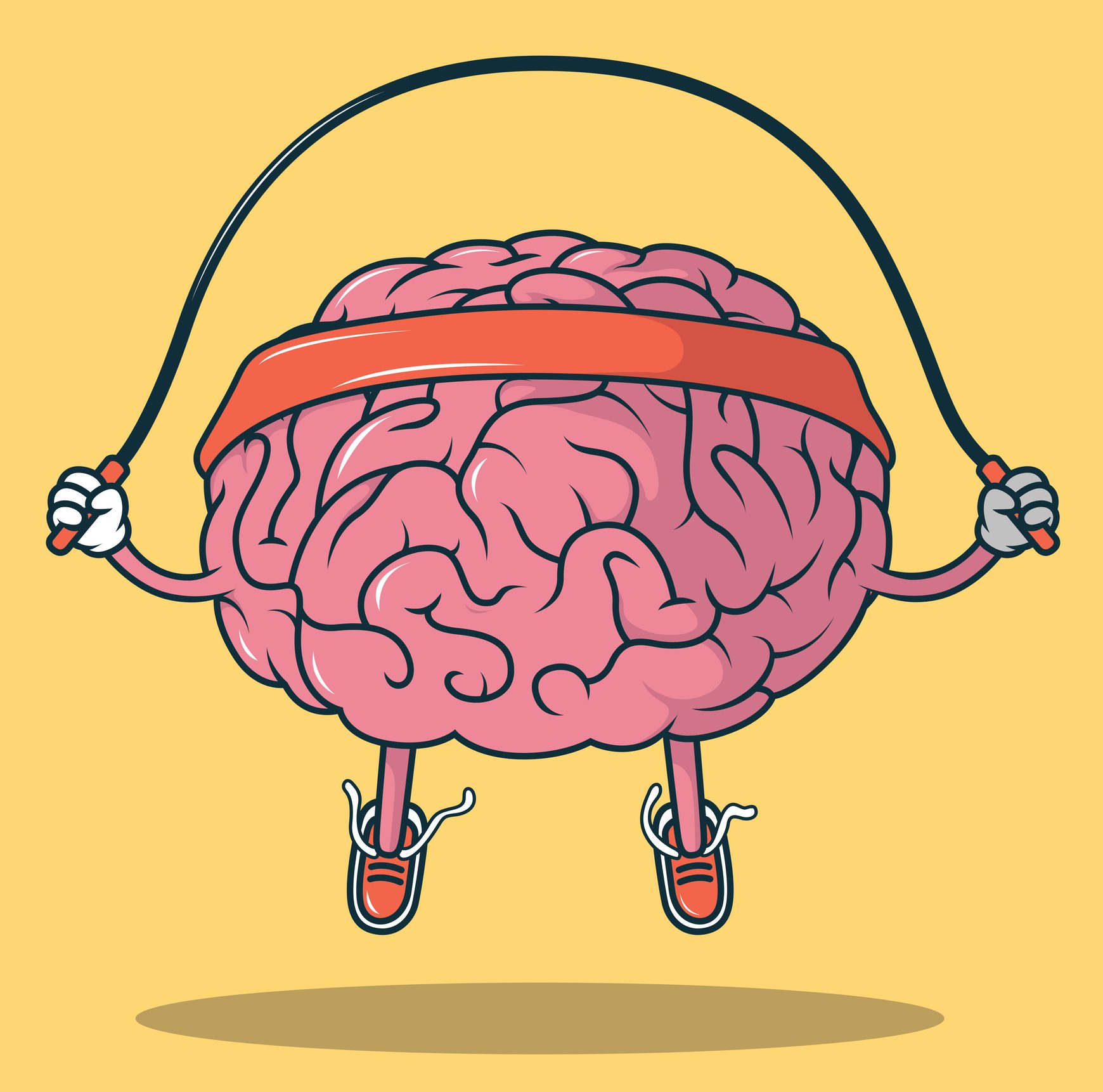Cycling makes your body and brain more fit
New research in the field of neuropsychology shows that your brain has a similar training response to muscles after exercise

Being endurance athletes, we all know that exercise and dedicated training makes our bodies fit. Well, the same may be true for our brains. A promising new study on how exercise affects our brains is providing new insight on why being regularly active has a positive impact on memory and ageing. After exercise the brains functions, and how it recognizes and stores information changes in ways that may indicate that like muscles, it’s getting more fit. The study was first reported on by The New York Times.
After exercise, muscles are fatigued and strained so they burn through energy inefficiently but as they respond to the exercise over time they become more efficient and use less energy for the same exertion. The researches observed something similar activity in the brains of individuals after exercise.
For years, neurologists thought that adult brains were relatively fixed in their structure. However, researchers out of Maryland observed brain activation following a single session of exercise that suggests an increase in neural processes underlying semantic memory activation. Semantic memory is our knowledge of the world. It gives context to our lives – a database of familiar names and concepts. As we age, semantic memory is one of the first forms of memory that we lose a grip on.
In a previous long-term study looking at the effects on brain function of a 12-week program of treadmill walking, the researchers had tracked an improvement in the brain’s ability to perform semantic memory tasks. The test subjects brains were far less active when performing semantic memory tasks. The new shorter-term study was intended to help better understand how that process of improvement took place after each workout.
The study was made up of 26 healthy men and women between the ages of 55 and 85. All the participants were screened for memory loss and other neurological problems. Researchers then had the individuals either sit quickly for 30 minutes or ride on a stationary bike for 30 minutes before performing an MRI brain scan. During the scan, participants were shown names across a computer screen. The names varied from famous, to ones you’d find in a local phonebook. This procedure stimulates the neural processes involved in semantic memory. At the same time, researchers tracked their brain activity.
The researchers had anticipated the test subjects would see a similar improvement in the brain’s ability to perform semantic memory tasks as they had in the 12-week study but instead the test subjects brains showed significantly greater activation.
The researchers now believe that what they were observing was a training response in the brains of the subjects who had done 30 minutes of stationary cycling. “When people first begin exercising, their muscles strain and burn through energy. But as they become fitter, those same muscles respond more efficiently, using less energy for the same work,” said J. Carson Smith, the associate professor of kinesiology and director of the Exercise for Brain Health Laboratory at the University of Maryland School of Public Health, who oversaw the study. “There is an analogy to what happens with muscles.”
The research team suspects that the spike in brain function after physical activity is a prelude to tissue remodelling. So, while your body gets fit, your brain does as well.

